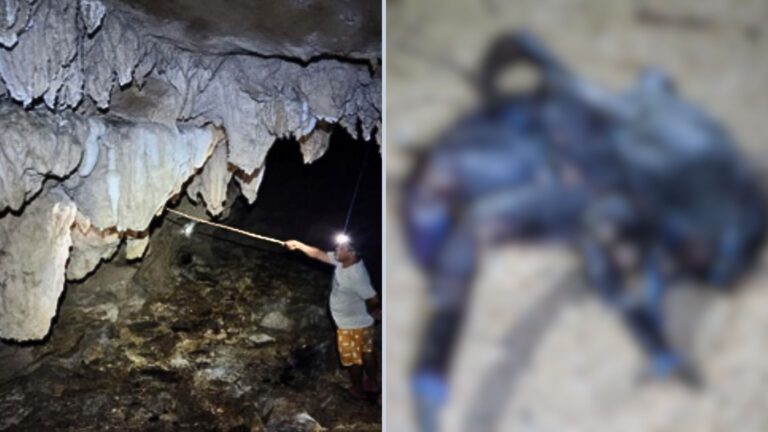Scientists Unlock The Hidden Blueprint Behind Shark Skeleton Strength

Sharks are amazing ocean creatures with a secret superpower hiding inside their bodies. While most animals have hard bones, sharks have special skeletons made of cartilage that give them incredible strength and flexibility.
Scientists have recently discovered the microscopic patterns that make shark skeletons so tough, revealing nature’s perfect design that has helped these predators survive for millions of years.
1. Sharks Have No Bones, But That’s Their Superpower
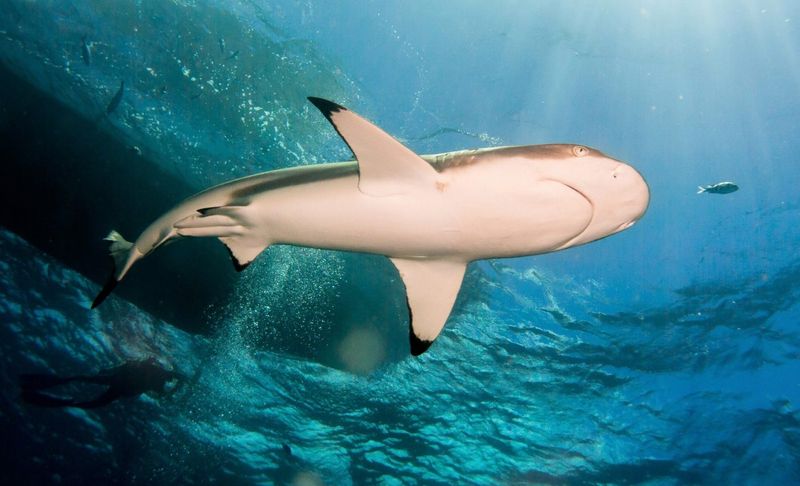
The absence of bones might seem like a disadvantage, but for sharks, it’s actually their greatest strength. Their cartilage-based skeleton weighs less than bone, making swimming more energy-efficient.
This lightweight framework allows for incredible maneuverability while hunting prey. Remarkably, this seemingly ‘weaker’ material provides all the structural support these apex predators need to dominate the oceans.
2. 450 Million Years Of Perfecting Their Frame
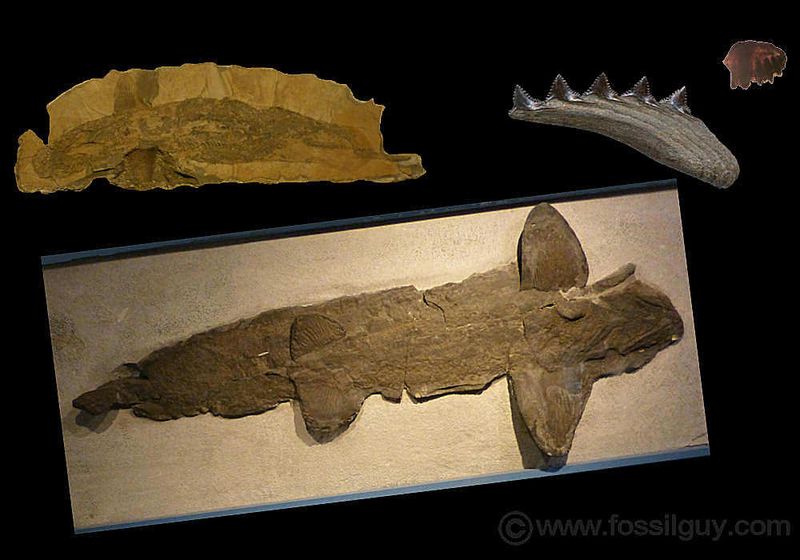
Sharks have outlived dinosaurs and survived five mass extinctions. Their skeleton design has been refined through countless generations, creating the ultimate underwater framework.
What looks simple is actually the result of nature’s longest engineering project. Each tiny structural element serves a purpose, with redundant features eliminated and beneficial ones enhanced through natural selection’s unforgiving process.
3. Scientists Call It ‘Sharkitecture’
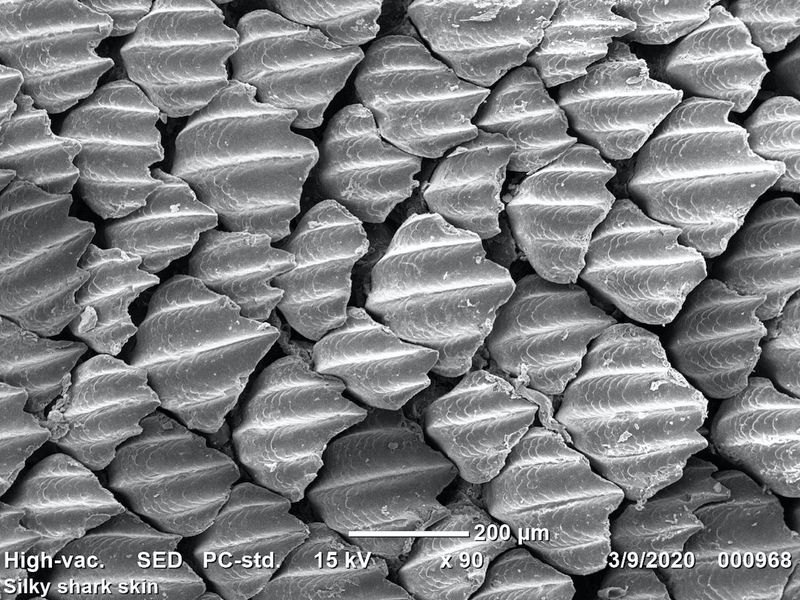
The term ‘sharkitecture’ perfectly captures how these creatures’ skeletons combine form and function. Researchers were stunned when they first observed the intricate patterns within shark cartilage. The structure features a complex arrangement of supportive elements that work together like a living blueprint. Much like how architects design buildings to withstand various forces, evolution has created this masterpiece of natural engineering.
4. Blacktip Sharks Were The Focus Of The Study
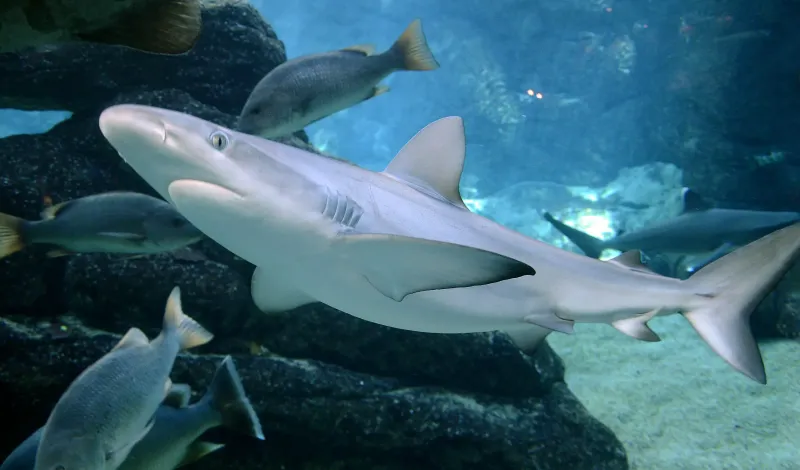
Why choose blacktip sharks? Their moderate size and widespread distribution make them ideal research subjects. Found in tropical waters worldwide, these sharks perform spectacular spinning leaps when hunting.
Their acrobatic hunting style puts enormous stress on their skeletal system. Scientists wanted to understand how their cartilage withstands such forces without fracturing or deforming under pressure.
5. Mineralized Cartilage Makes It Possible
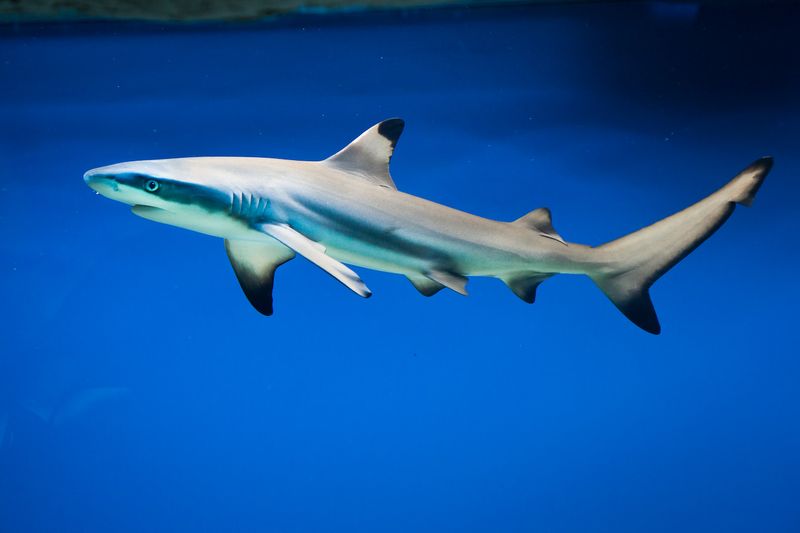
Shark cartilage contains a secret ingredient: calcium phosphate minerals. Unlike human cartilage, shark cartilage undergoes a process called mineralization, where calcium crystals form within the tissue.
This creates a material that combines the flexibility of cartilage with much of bone’s strength. The minerals concentrate in specific patterns rather than distributing randomly, creating reinforced zones where strength is most needed.
6. Synchrotron X-Ray Nanotomography Gave Scientists a New View
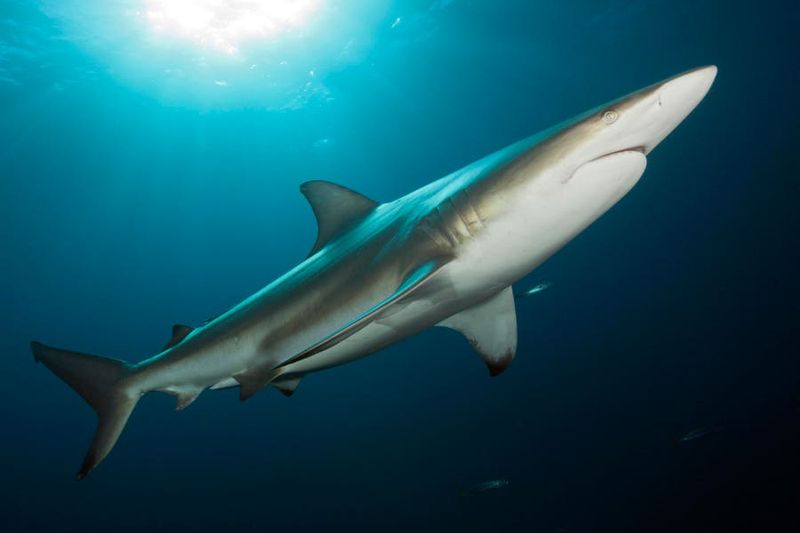
Forget ordinary microscopes—this research required particle accelerators! Scientists used specialized X-ray beams a billion times brighter than hospital X-rays to peek inside shark cartilage.
This technology created 3D models showing details just 100 nanometers wide – about 1/1000th the width of a human hair. Previously invisible structures suddenly became clear, revealing a natural engineering marvel hiding in plain sight.
7. Collagen Fibers Add Flexibility
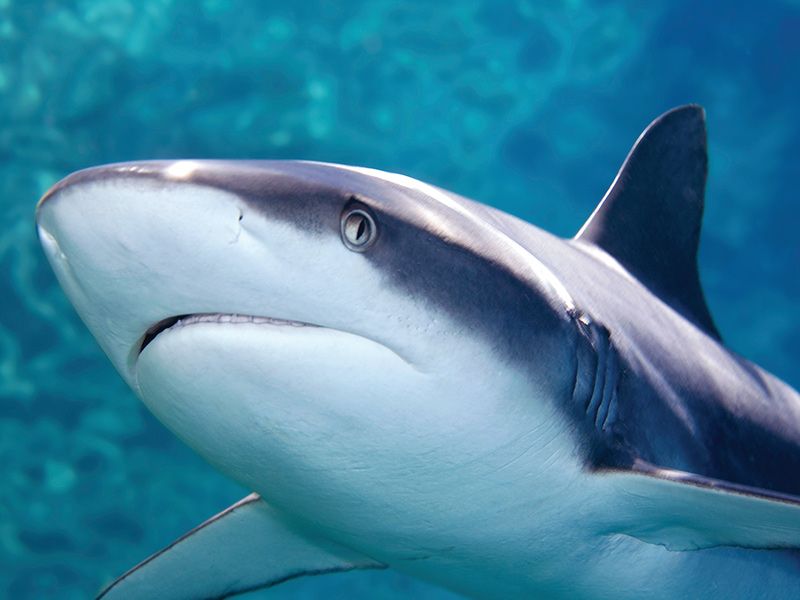
The secret to shark flexibility lies in specialized collagen fibers that run throughout their cartilage. These protein strands create a natural mesh network that can stretch without breaking.
Unlike rigid bone, this design allows sharks to bend dramatically during high-speed turns. The fibers also absorb shock, preventing damage when sharks slam into prey or face strong currents.
8. Tiny Crystal Alignments Strengthen the Skeleton
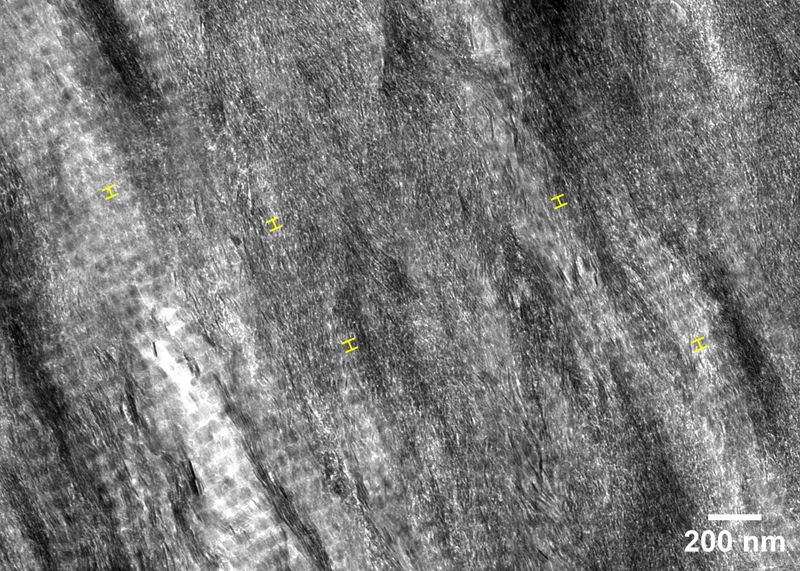
The mineral crystals inside shark cartilage aren’t randomly scattered—they form precise patterns. Like tiny reinforcing rods, they align along stress lines where force is greatest.
This natural engineering creates strength exactly where needed without adding unnecessary weight. The crystals grow in size and number as sharks age, making older sharks’ skeletons progressively stronger while maintaining their crucial flexibility.
9. Different Parts of the Skeleton Serve Different Functions
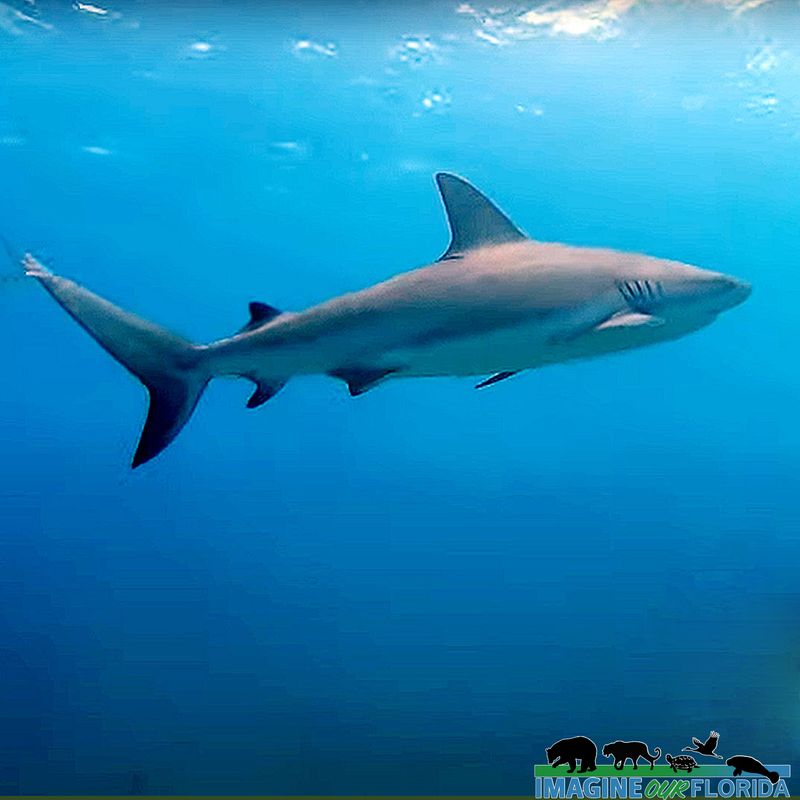
Shark vertebrae aren’t uniform—they vary depending on location and purpose. Near the head, they’re designed for stability and protection. Mid-body vertebrae prioritize flexibility for quick turns.
The tail section contains specialized vertebrae optimized for powerful swimming thrusts. Even within a single vertebra, density varies from the core to the outer edges, creating a gradient of properties perfectly suited to each region’s mechanical demands.
10. Shark Skeletons Are Built for Constant Motion

Unlike humans who rest regularly, many shark species must swim continuously to breathe. Their skeletons have evolved to handle this perpetual movement without wearing down. The cartilage contains specialized fluid-filled spaces that act as natural lubricants.
These biological shock absorbers prevent friction damage at joint surfaces. Additionally, damaged cartilage cells can regenerate more easily than bone, allowing for ongoing repair during a shark’s lifetime.
11. This Research May Inspire Better Human Materials
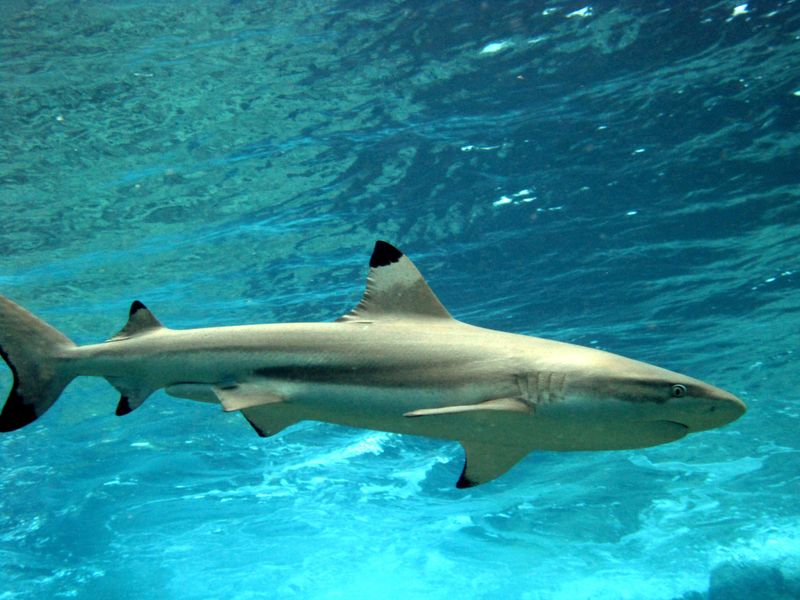
Engineers are already working to mimic shark cartilage in human-made materials. Potential applications include better prosthetic limbs that combine strength with natural movement patterns.
Sports equipment manufacturers are exploring shark-inspired designs for helmets that absorb impact better. Even building materials could benefit, creating structures that flex slightly during earthquakes instead of cracking under pressure.
12. The More We Zoom In, The More Impressive Sharks Become
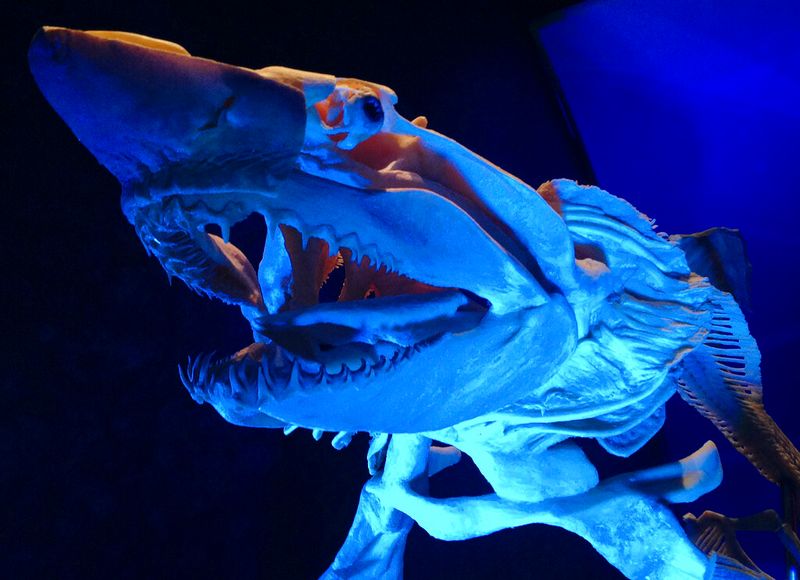
The naked eye sees only smooth cartilage, but microscopes reveal nature’s engineering masterpiece. Each layer of magnification uncovers new complexities in the shark’s skeletal design.
From macro structure down to molecular bonds, everything serves a purpose. Sharks remind us that sometimes the most extraordinary innovations aren’t obvious until we look closer. Their seemingly simple skeleton holds solutions to engineering problems we’re still trying to solve.


